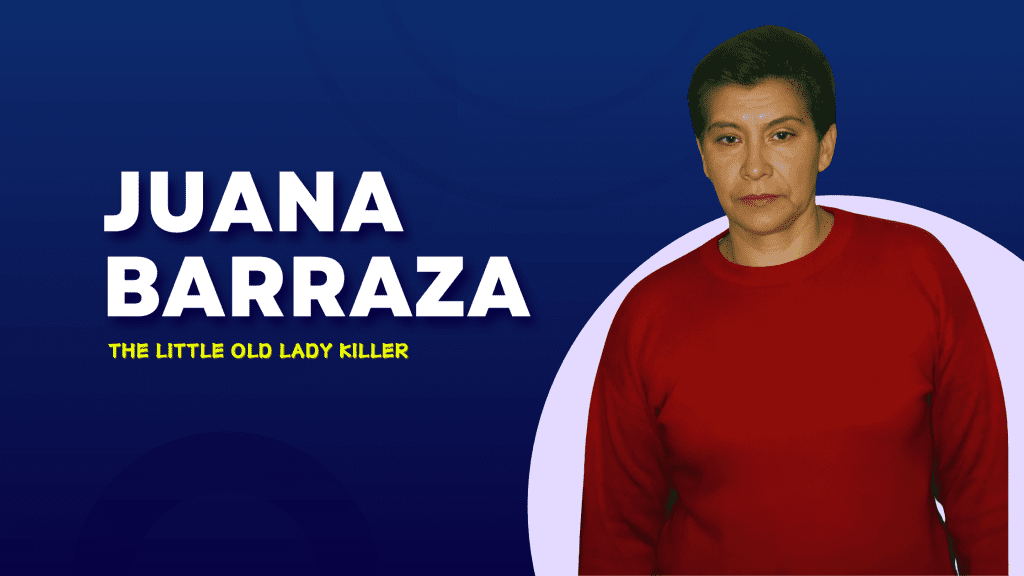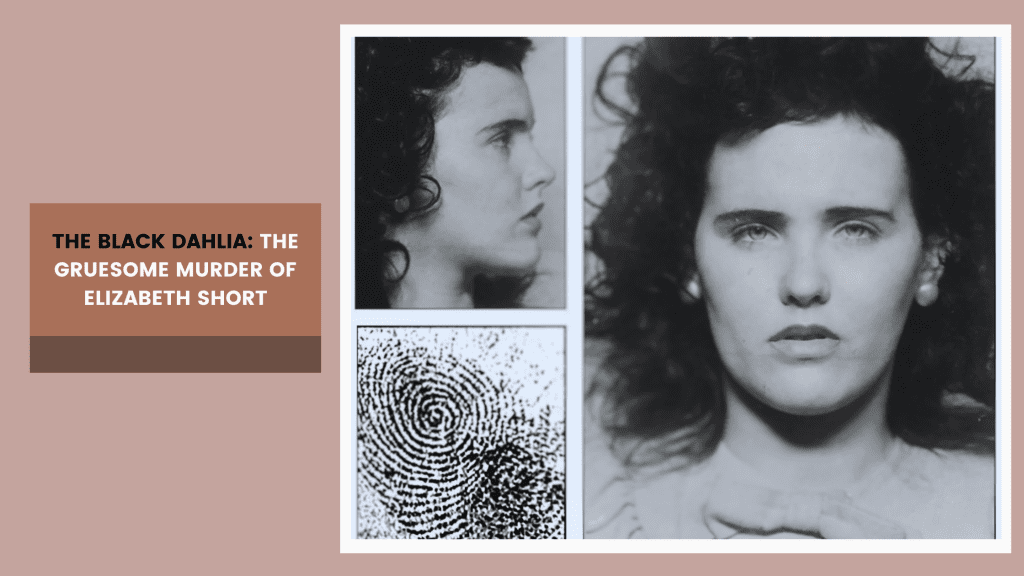Early Life and Traumatic Childhood
Juana Barrasa was born on December 27, 1957, in a rural area of Hidalgo, Mexico, just north of Mexico City. Her early life was marked by profound trauma and abandonment. The daughter of Trinidad Barrasa Avila, a police officer, and Hosta Samperio, an alcoholic prostitute, Juana experienced devastating abuse from a young age.
A Childhood of Neglect and Abuse
When Juana was just three months old, her mother abandoned the family to begin an adulterous relationship with her stepfather. Perhaps most horrifically, at the age of 12, her mother traded her to a man named Jose Lugo in exchange for three beers. During her time with Lugo, Juana endured repeated sexual assaults, becoming pregnant twice—first experiencing an abortion, and then giving birth to a son.
Struggle and Survival
After five years of continuous abuse, Juana was finally rescued by her uncles. However, her mother lied to the family, claiming Juana had voluntarily left with a grown man. These early experiences of betrayal and violence would profoundly shape her future.
Wrestling and Economic Hardship
In the 1980s and 1990s, Juana pursued a career as a professional wrestler, performing under the name “La Dame del Silencio” (The Silent Lady). Despite her skills, the wrestling profession provided inconsistent and poor income. To support her four children from different relationships, Juana began engaging in petty crimes, initially stealing from shops and then burglarizing homes.
The Descent into Serial Killing
By 2002, Barrasa had developed a sinister method of targeting elderly women. Dressed as a nurse or social worker, she would gain entry to victims’ homes by offering medical assistance or massages. Using skills learned from wrestling, she would then assault and strangle her victims, robbing them afterward.
Criminologists believe her actions were deeply connected to her traumatic relationship with her mother. By targeting elderly women, she seemed to be symbolically confronting the maternal figure who had abandoned and betrayed her.
Arrest and Sentencing
On January 25, 2006, Juana was finally arrested after being spotted leaving a crime scene. Police discovered a “trophy room” in her home containing newspaper clippings and objects from her victims. Despite initial skepticism—with many believing a serial killer would be male—she was charged with 16 murders, though prosecutors suspected she might be responsible for up to 50.
Legal Proceedings
In the Mexican judicial system, which at the time did not use juries, Juana was sentenced to 759 years in prison—the longest murder sentence ever handed down in Mexico. However, due to legal provisions, she is eligible for parole in 2058 when she will be 100 years old.
Read More: What did Luka Magnotta do with the head?
Legacy and Psychological Analysis
Juana Barrasa’s case challenged numerous societal assumptions about serial killers in Mexico. Her story is not simply one of monstrous crime, but a complex narrative of systemic abuse, economic desperation, and psychological trauma.
Conclusion
While her actions were unquestionably horrific, Juana Barrasa’s life story reveals the profound impact of childhood abuse, neglect, and societal failure. Her case serves as a stark reminder of how unaddressed trauma can lead to devastating consequences.
Notable Media Representations
The Lady of Silence: The Mataviejitas Murders
Instinto Asesino
“Criminal Minds” Reflection of Desire






Pingback: Judy Buenoano: The Florida Black Widow